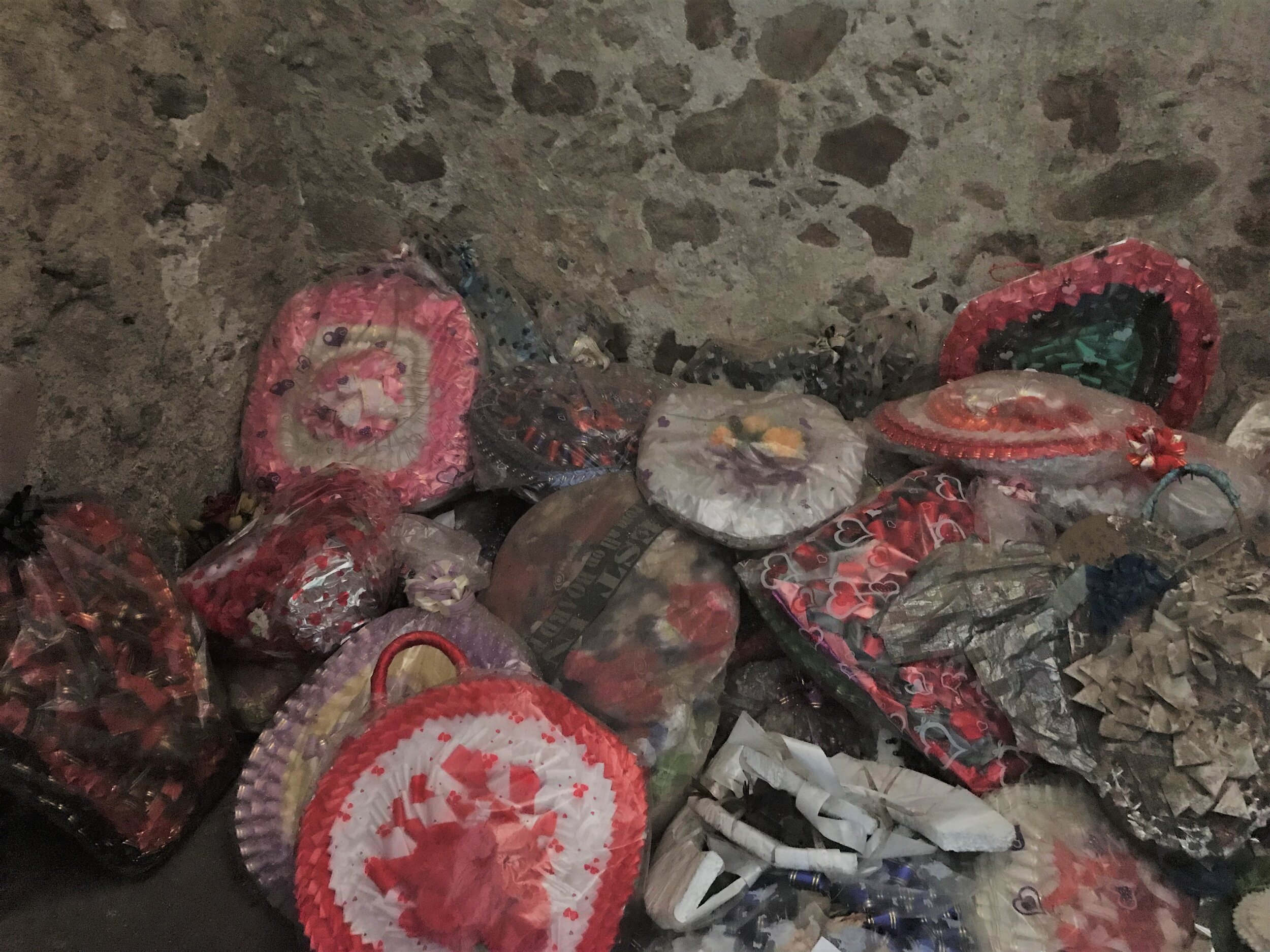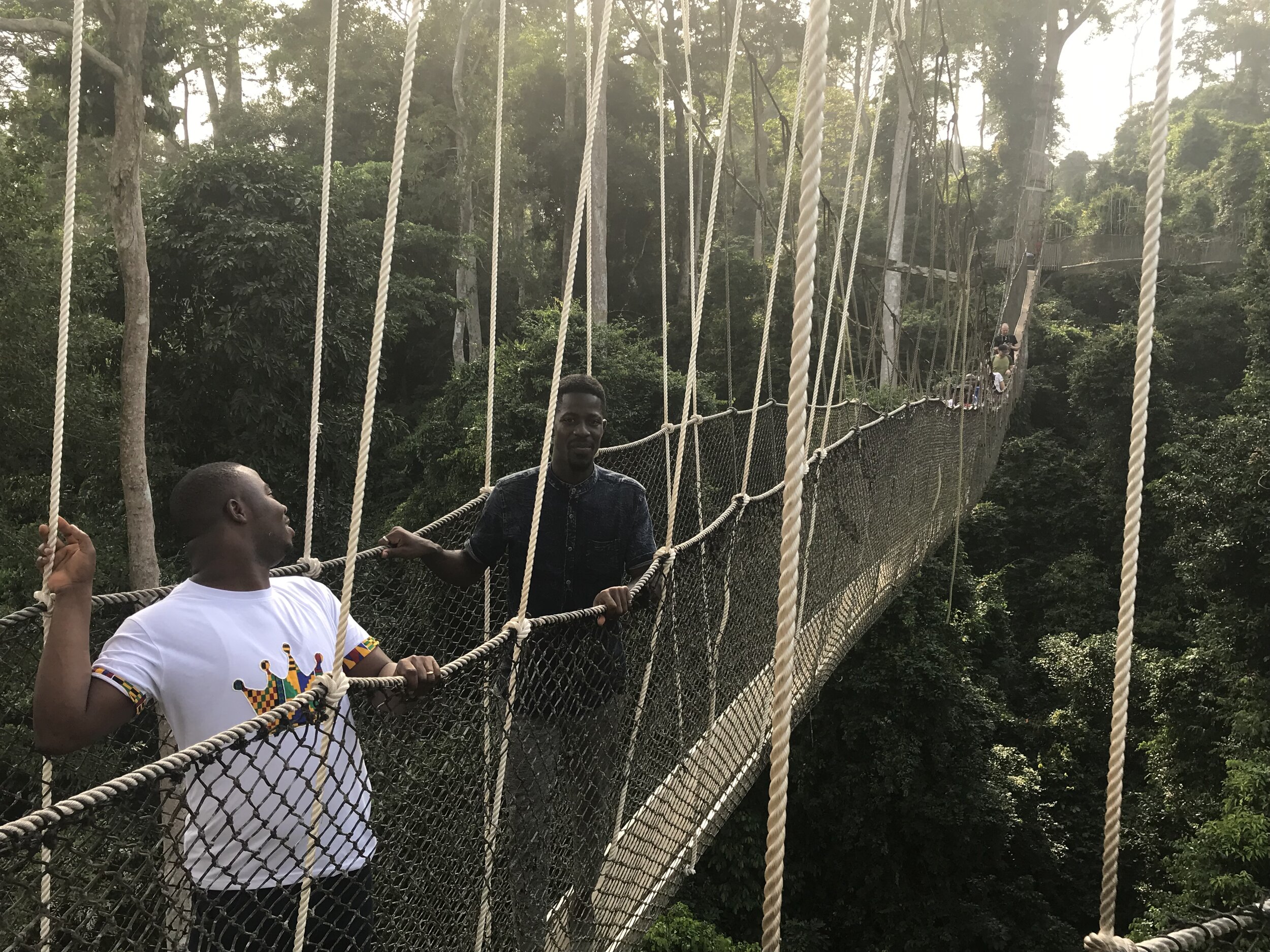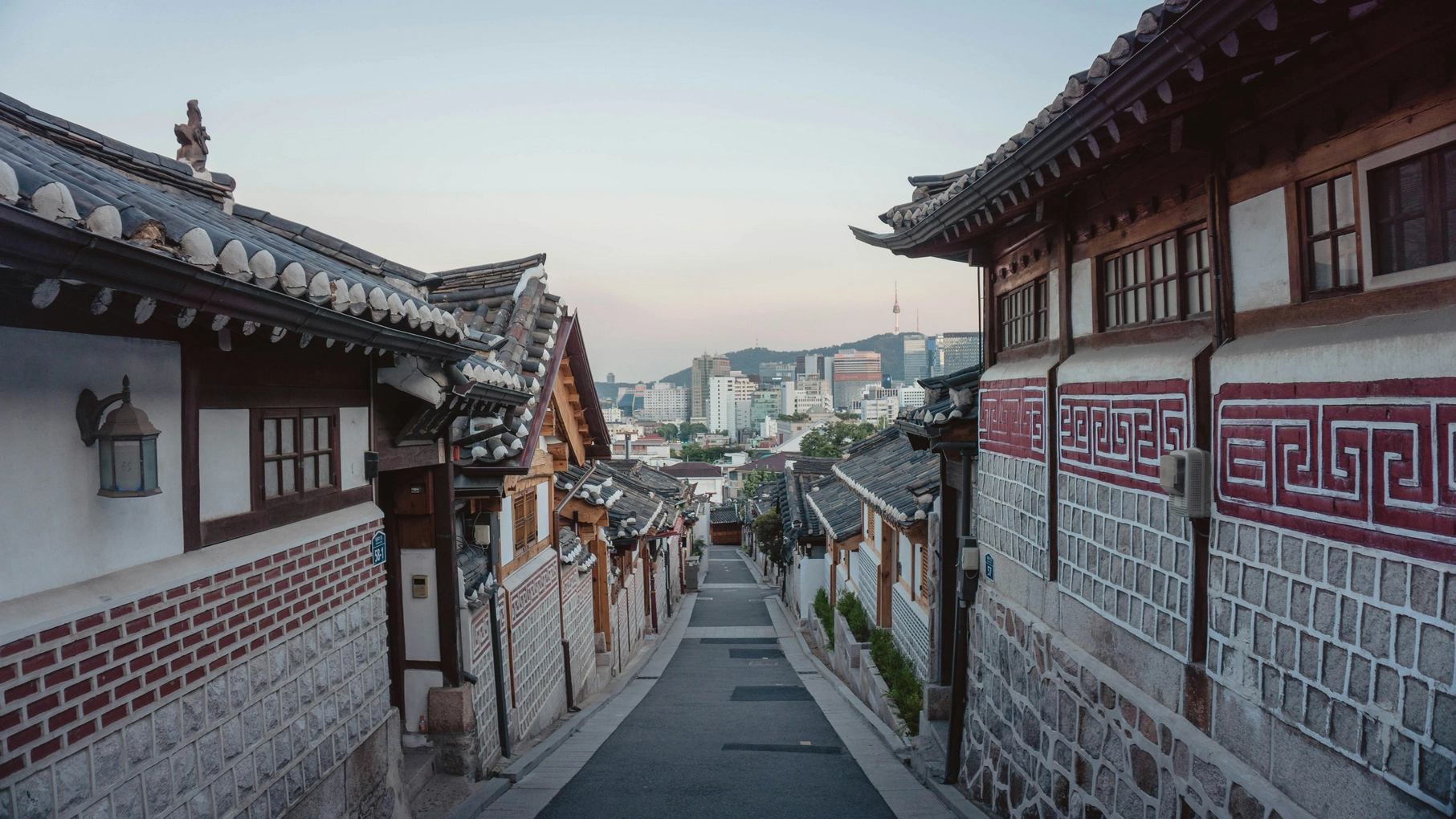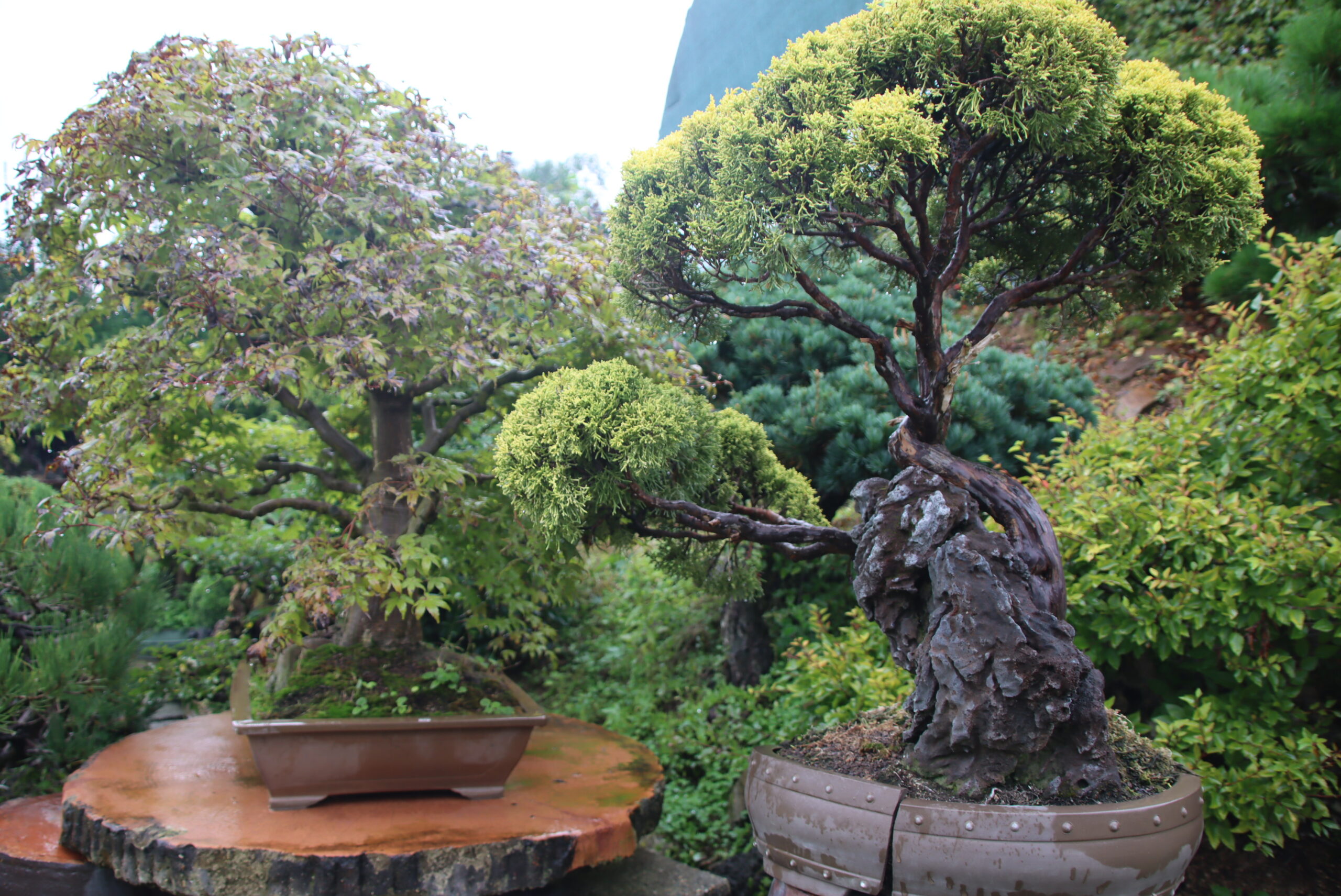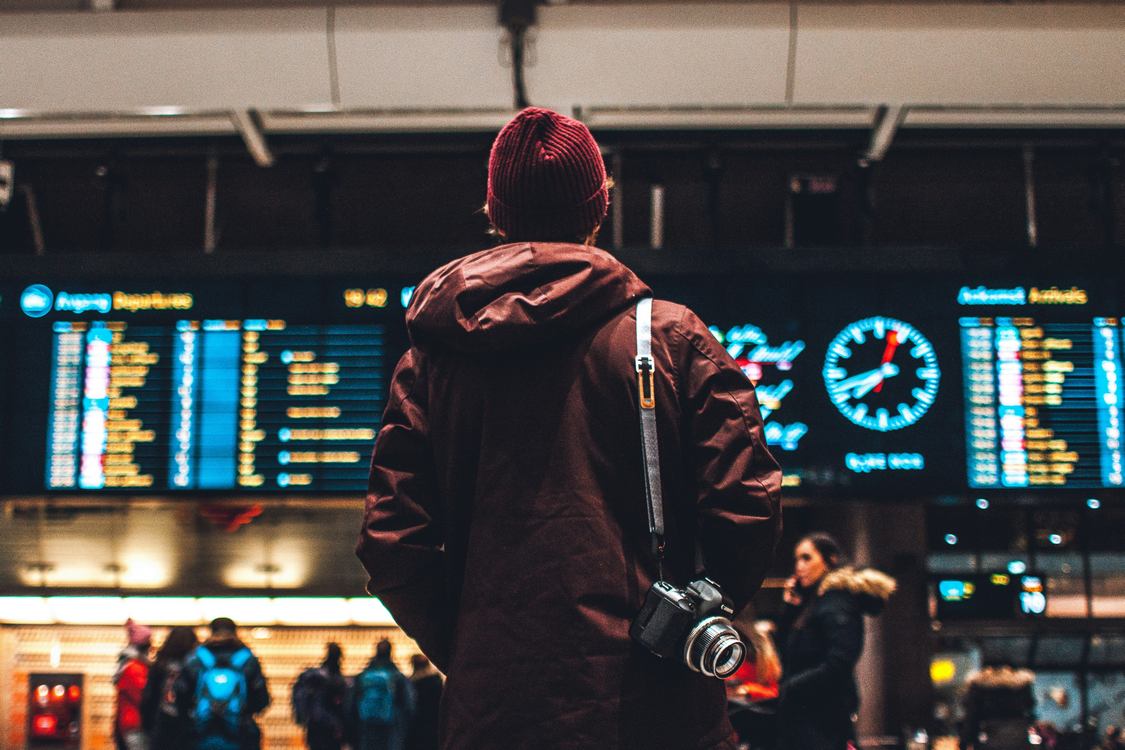PICTURED: The bustling fishing industry off the Atlantic coast of Cape Coast, Ghana.
2019 brought swathes of enthusiastic, warm-hearted American and English tourists to the colorful West African city of Cape Coast, Ghana. 2019 was dubbed the “Year of Return” a wide-ranging cultural marketing event on the 400th anniversary of the footfalls of African slaves touching down in the Americas. Ghana was the epicenter of the early transatlantic slave trade, and so last year the country encouraged Africans across the world to return from their 400-year diaspora and pay homage to the country of the ancestors.
I was in the country visiting family friends who insisted I make the trip from Accra down to Cape Coast, and while I’m not an African American, my heart swelled with patriotism as I silently accompanied them on their heritage tourism adventures.
Cape Coast is famous for carrying multiple shades of an intriguing African nation. The castles of Cape Coast are, for an American, an important place to visit because of our own unique history with the ‘peculiar institution’.
Furthermore, English is the lingua-franca in Ghana, and I had no trouble booking a manageable hotel with my strong American dollars. The conversion into Ghana Cidis was one of the more favorable changes I’ve ever had to make, and $250 American, not converted all at once was more than surplus to requirements.
Echoes of the Past
Traveling in Africa is different than traveling elsewhere. A combination of goodwill and financial slyness can open many doors, in my case helping me find a guide in the form of one of the bar staff’s cousins that needed a little extra cash for university expenses. This proved to be a great way to get in and out of neighborhoods with a car and a local.
During the 2019 Year of Return all accommodations and tourist services were scrutinized far-fiercer by the cultural authorities, and so the hotels had, and should likely still have, all the information one would need to visit the castles, the beaches, the best restaurants, or the jungles of the nearby Kakum National Park.
Built 400 years ago by the English and the Portuguese, the castles of Cape Coast are UNESCO World Heritage Sites and are very well persevered and serviced. Walking through the halls, the tired tour guide explained the significance of some of the places (the room where the first African slaves to be shipped to the new world were paid for). If you’re lucky you can take a tourist-free photo looking through the “Door of No Return,” a wooden gate through which the slaves would pass in order to reach the docks where they were loaded onto the boats.
It’s not a straightforward proposition to make a historical place tell its tale to those visiting it, but the castles of Cape Coast certainly did. I found the sense of history to hang heavy in the air, remaining a tangible feeling even while enthusiastic visitors took selfies in the slave dungeons.
Much of Ghana’s workforce consists of minimally-educated or unskilled merchants, so sachets of food and water are always readily available whether you’re walking or driving. If you’re like me and love mangos while simultaneously living in a coastal American city like Washington D.C., you’ll enjoy the affordability of the massive tropical fruit and the ease at which you can find it; just be sure to bring a knife and napkin.
Welcome to the Jungle
The jungle is a place that everyone should experience at least once in their lives. Kakum National Park is a great place for a first taste of tropical rainforest. If there are tours available at your hotel that you feel are too expensive, just ask a lower-level employee to drive you there and tell him you’ll fill his tank with petrol for his troubles.
Ghanaians tend to drive with less than half tanks most of the time, and while a fill up will cost about as much in Ghana as it will wherever you live in the world, it’s nothing less than you would do for a friend back home.
If you can get a local to pick you up and drop you off, you have the option of staying overnight in the jungle either in tents or a treehouse, which in Kakum has several great benefits. I got to experience the jungle at night, which has no equal for those seeking an alien assault on their sensory organs. It felt as if I walked and slept within the actual arteries of a living animal. There’s a real possibility of discomfort for some: copious perspiration, insects (though not so bad) and a mild sense of danger, but the rewards could last a lifetime.
When I first arrived in Kakum I went on the canopy walk – one of Ghana’s most famous attractions – consisting of about 280 meters of rope bridges stretching from tree trunk to tree trunk sometimes as high as 40 meters off the jungle floor below. As a birding enthusiast I allowed myself to lag behind, flip-flopping from one tourist group to the next in order to look at red-billed dwarf hornbills and red-headed malimbes, as well as a myriad of others I never managed to identify.
After the extraordinary canopy walk, I had to wait around for about 2-3 hours in the park’s bar/restaurant until the park itself closed for the forest guide to take me and the other campers to the treehouse. I brought pounds of dried plantain chips to eat, as they are moisture-resistant and absurdly delicious, and 4 liters of water per person per day with me both for drinking and washing, however there was a sink and flush toilet in the treehouse.
The treehouse costs 10 cidi more than the campsite and I recommend taking that option because above the forest floor you hear the animals of the night much more clearly. The shrieking and yowling of all kinds – mammalian and avian – was enthralling to listen to as I feel asleep under my mosquito netting.
The main reason why camping overnight in Kakum has to be a top priority in Ghana is that in the morning you can attend the morning jungle walk. Starting just before sunrise, our guide led a group of Russian tourists and I marching down jungle paths in utter blackness before pausing under a massive tree to watch red colobus monkeys wake up and begin their day.
On our way back to the main office, our guide took us on the canopy walk just in time for the sunset. The changing symphony of jungle noise from night to day, and from forest floor to forest roof all blended together beauteously in that moment when the crimson orb of the sun relaxed in the misty haze of the moist rainforest horizon.
Birds of all sizes and colors enjoyed the cool morning air, flitting this way and that while taking almost no notice of us as we walked along the rope bridges. In total I must have spent 45 minutes – 4 times as many as when I had made the canopy walk during business hours the previous day.
I had my driver retrieve me at half past 7 in the morning, and went back to the hotel to dine on fresh seafood and relax in the sea breeze before going back to Accra a very satisfied traveler.
Note: All photos are taken by Andrew Corbley, who retains exclusive rights to all. The unauthorized reprinting of this article or any of the images is strictly prohibited.



